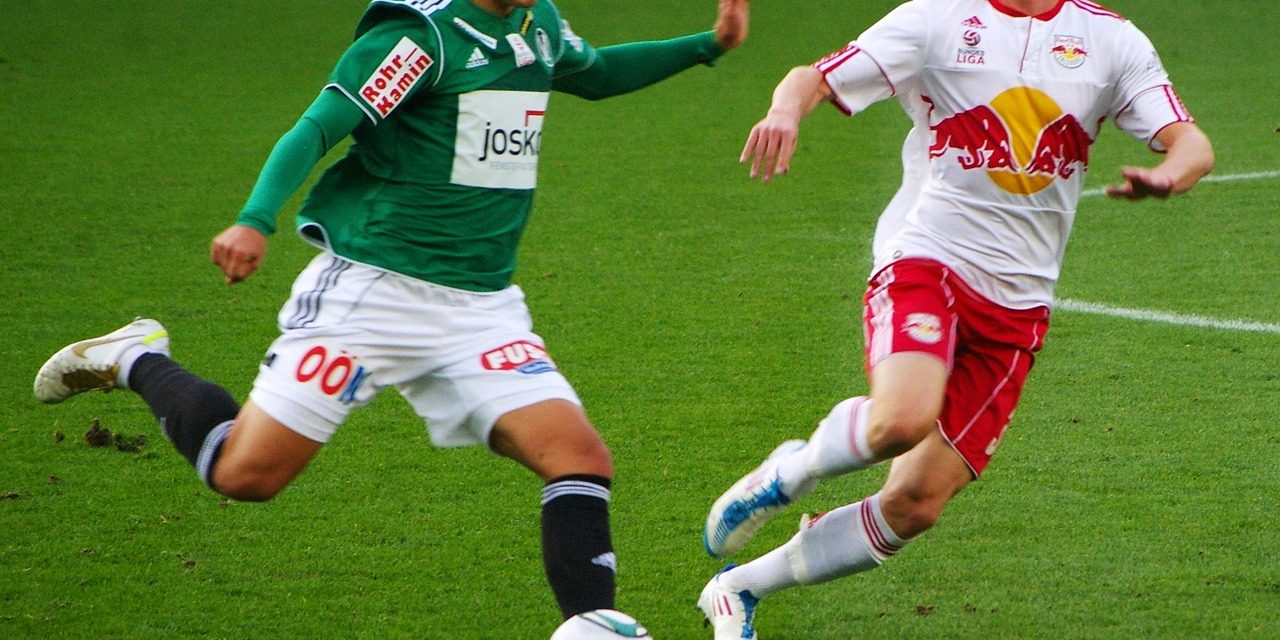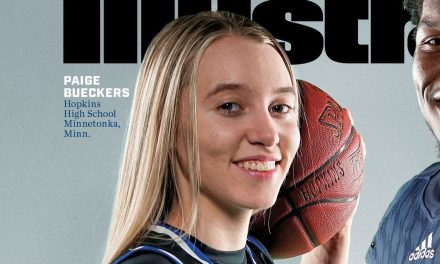Ah, the thrill of sports drafts – where dreams are made, stars are born, and sometimes, well-intentioned picks fall short of expectations. In the high-stakes world of professional sports, deciding on the right participant can lead a group to glory or send them spiraling into unhappiness. Join us as we delve into the complexities of unsuccessful draft pick and discover what it takes for teams to navigate this volatile terrain successfully.
Understanding the concept of draft picks
In the world of sports, draft selections are like golden tickets – coveted opportunities for groups to steady pinnacle talent and bolster their rosters. But what precisely is a draft chosen? It’s essentially the right to select a player from a pool of eligible prospects at some stage in a designated selection system. This ceremonial event occurs annually throughout numerous expert sports leagues, serving as an important mechanism for maintaining aggressive stability.
Teams make investments in sizable time and resources into scouting capacity draftees, reading their capabilities, performance records, and usual suit with the group’s approach. The order in which groups make their selections is regularly decided by elements like preceding season standings or lottery systems designed to save dominant franchises from monopolizing talent.
The strain is palpable as every team aims to strike gold with their picks while navigating uncertainties that include evaluating young athletes’ capability against intense competition.
The pressure and expectations placed on top draft picks
Being a top draft choice in any recreation comes with a heavy burden of expectations. From fanatics to team proprietors, all and sundry anticipate greatness from those selected early on. The pressure to perform at a high degree right out of the gate may be colossal.
These top selections are regularly visible as capable franchise saviors tasked with turning around struggling groups or retaining fulfillment for championship contenders. They deliver the load of no longer simply their personal careers but also the hopes and desires of an entire employer.
The spotlight shines brightly on those gamers, magnifying every flow they make on and off the sector. The scrutiny can be relentless, with each overall performance dissected and analyzed with the aid of pundits and armchair critics alike.
It’s a challenge to live as much as such lofty expectancies, mainly considering elements like injuries, crew dynamics, and private improvement, which could all impact a participant’s trajectory in unforeseen methods. Top draft alternatives ought to navigate this minefield of strain even as striving to satisfy their potential amidst extreme opposition.
In this case, how they deal with this stress will, in the end, determine whether or not they upward thrust above it all as shining stars or succumb to the weight of expectation as cautionary testimonies.
Factors that contribute to a Successful Or Unsuccessful Draft Pick
When it involves the success or failure of a draft selection, numerous elements come into play. The player’s skill level and potential are crucial. Talent by myself isn’t always enough; painting ethic, coachability, and mental sturdiness also play considerable roles.
Additionally, external effects like accidents can significantly affect a player’s performance post-draft. The team suit is every other critical thing – being in an environment that nurtures boom and development can make all of the distinction.
Moreover, off-field behavior and personal personality can’t be overlooked. A participant’s mindset, area, and capacity to address pressure are important for lengthy-term success in professional sports activities.
Luck and timing often come into play all of a sudden. A tremendously-touted prospect might not flourish because of unforeseen situations beyond every person’s control. In the complex global of sports drafts, predicting effects with actuality stays elusive.
Examples of successful and unsuccessful draft picks in various sports leagues

In the arena of sports activities, the draft choices can make or spoil a team’s destiny. Take, for instance, Michael Jordan, who became famously selected because of the 0.33 standard pick out inside the 1984 NBA Draft using the Chicago Bulls. His achievements on and off the court docket solidified his area as considered one of basketball’s best gamers.
On the flip side, we’ve Ryan Leaf, picked 2d overall in the 1998 NFL Draft with the aid of the San Diego Chargers. Despite excessive expectations, Leaf’s profession was marred by poor performance and stale subject troubles. The stark difference among Jordan and Leaf highlights how unpredictable drafts may be.
In baseball, we’ve seen stars like Mike Trout, drafted twenty-fifth universally by the Los Angeles Angels in 2009, proving that skills can emerge from any draft position. Conversely, there are instances like Brian Lawton, selected first normal in 1983 by means of the Minnesota North Stars but could have lived up to expectations.
These examples serve as reminders of how crucial it is for groups to thoroughly evaluate capability draft choices before making their selections.
The role of luck and unpredictability in sports drafts
Sports drafts are a roller coaster of feelings, where luck and unpredictability play a significant function in shaping the trajectory of a participant’s career. Teams meticulously analyze players’ performances, stats, and ability to make informed selections at some point in the draft technique. However, notwithstanding all of the scouting and studies, there may be constant uncertainty.
In the arena of sports, luck can swing both ways – propelling an underdog to stardom or causing an especially touted prospect to falter. The unpredictability factor keeps fanatics on their feet as they witness how draft choices unfold into either fulfillment stories or cautionary stories. One harm, one awful season, or even one coaching change can alter the direction of a participant’s career.
Teams strive to mitigate risk by drafting gamers with now not only the handiest raw talent but also sturdy work ethics and resilience. Yet, no amount of guidance can absolutely protect them from the whims of destiny in this high-stakes game referred to as sports activity drafting.
The impact of an unsuccessful draft pick on a team’s future
An unsuccessful draft selection could have some distance-reaching outcomes for a group’s destiny. It goes beyond simply lacking a skilled player; it is able to disrupt team chemistry, avert improvement, and result in economic pressure. When a high draft pick does not pan out as predicted, it can create sadness among fans and place stress on the employer to find alternative solutions.
The ripple outcomes of an unsuccessful draft selection also impact coaching selections, roster composition, and average team morale. In a few instances, groups may want to make investments in additional resources in scouting and participant improvement to catch up on the neglected possibility. This setback also can affect destiny draft strategies and loose organization plans as teams attempt to get over the blow of an unsuccessful choice.
The repercussions of an unsuccessful draft pick increase past the instant season and can form a group’s trajectory for future years.
Strategies for teams to minimize the risk of an unsuccessful draft pick
When it involves minimizing the risk of an unsuccessful draft pickout, groups need to have a stable scouting and assessment process in the area. This entails engaging in thorough studies on capacity possibilities and analyzing their performance metrics, character tendencies, and damage records.
Teams ought to also prioritize building a sturdy organizational subculture that supports player development. Providing mentorship packages, get admission to pinnacle-notch schooling centers, and intellectual fitness resources can assist young players in reaching their full potential.
Furthermore, carrying out mock drafts and scenario-making plans can put together teams for unique outcomes throughout the real draft day. By simulating diverse conditions and considering unique techniques beforehand of time, groups could make extra informed selections when it topics most.
Collaboration between coaches, scouts, and the front office staff is crucial in ensuring alignment on drafting priorities. Open communication channels permit for diverse perspectives to be heard and considered earlier than making final picks.
Conclusion:
Drafting isn’t a precise technological know-how. While groups make investments in time, assets, and expertise into choosing the high-quality gamers in drafts, there will usually be a detail of unpredictability and hazard concerned. The pressure to make a hit selection may be huge, with high expectations for top draft choices to deliver results right away.
Factors like injuries, participant development, crew dynamics, training techniques, and even off-area problems can all play a role in determining the achievement or failure of a draft selection. Despite meticulous scouting and analysis, a few choices might not pan out as expected because of unexpected circumstances.
It’s essential for teams to constantly examine their drafting tactics and adapt them based on reports. By considering an aggregate of talent, individuality, health in the group subculture, painting ethic, and ability while making draft selections – teams can minimize the risk of selecting unsuccessful gamers.
In the ever-evolving global of sports drafts, one thing remains sure: there will constantly be surprises along the way. Teams should include the uncertainty that incorporates drafting gamers even as striving to make informed selections that set them up for achievement in each the fast period and long term. As they say in sports – from time to time, you win some; every now and then, you lose a few. But it’s how teams learn from their mistakes and develop stronger that, in the end, defines their ability to navigate the complexities of sports activities.





